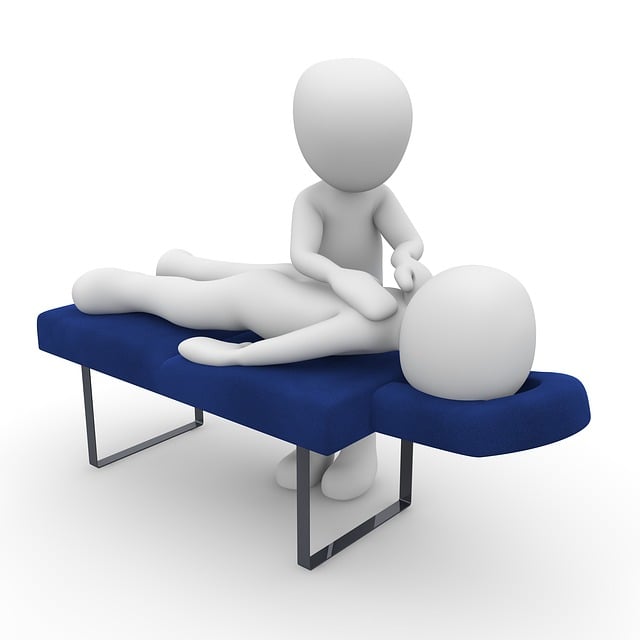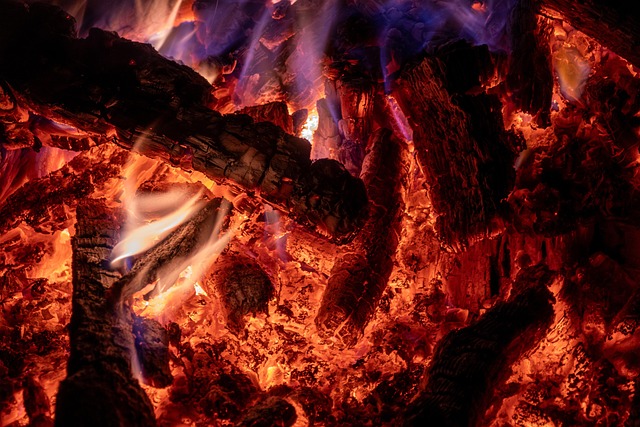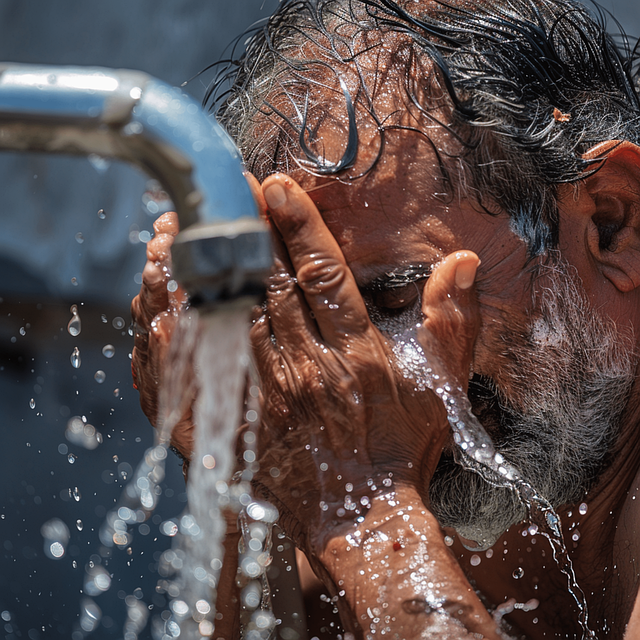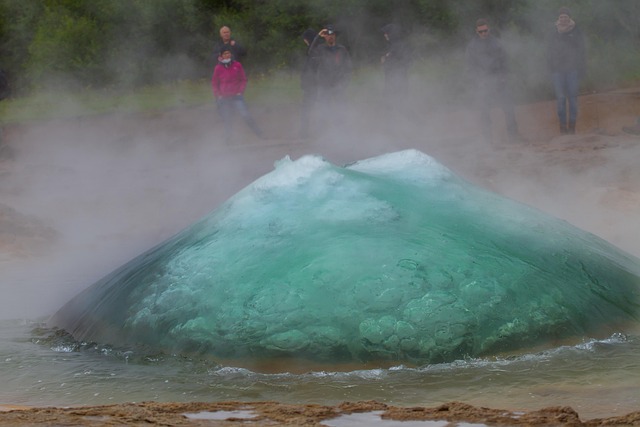Warm Baths: A Natural Heat Therapy for Sinus Relief

Chest congestion, often caused by infections or allergies, can harm sinus health as sinuses filter a…….
Introduction
Respiratory health is a critical aspect of overall well-being, affecting millions globally. Hot therapy, an ancient practice reimagined for modern healthcare, has emerged as a promising approach to support respiratory function and improve quality of life for individuals suffering from various respiratory conditions. This article delves into the multifaceted aspects of hot therapy for respiratory health, exploring its definitions, historical context, global impact, economic considerations, technological advancements, policy landscape, challenges, case studies, and future prospects. Readers will gain a comprehensive understanding of this therapeutic modality and its significance in contemporary medicine.
Understanding Hot Therapy for Respiratory Health
Hot therapy encompasses a range of treatments that utilize heat applications to alleviate respiratory symptoms, improve airway function, and enhance the body’s natural healing processes. Its core components include steam inhalation, thermal therapies like sauna or hot tub use, and heated oxygen treatments. Historically, hot therapy has been used in various cultures for its therapeutic benefits, with documented practices dating back to ancient civilizations. Today, it is recognized within the broader landscape of respiratory care as a complementary treatment option, particularly in managing chronic conditions such as asthma, bronchitis, and COPD (Chronic Obstructive Pulmonary Disease).
Global Impact and Trends
The global impact of hot therapy for respiratory health is significant, with its adoption varying across different regions. In countries like Russia and Finland, sauna culture is deeply ingrained in the lifestyle, attributed to numerous health benefits. Conversely, in regions where respiratory diseases are prevalent due to environmental factors, hot therapy is increasingly being explored as a viable treatment option. Trends indicate a growing interest in integrative medicine approaches, with hot therapy gaining traction among healthcare providers and patients alike. The rising incidence of respiratory conditions worldwide has also fueled research into the efficacy and application of hot therapy.
Economic Considerations
The economic landscape of hot therapy for respirical health is multifaceted, influenced by market dynamics, investment patterns, and its role within various economic systems. The cost-effectiveness of hot therapy as a preventative and treatment modality can significantly reduce healthcare expenditures when integrated into routine care. Investment in research, infrastructure for thermal facilities, and education for practitioners are critical factors driving the economic viability of this therapeutic approach. Additionally, the potential for hot therapy to improve workforce productivity by mitigating respiratory illnesses adds an important dimension to its economic value.
Technological Advancements
Technological advancements have played a pivotal role in enhancing hot therapy treatments. Innovations such as smart steam inhalers, digital monitoring systems for thermal treatments, and AI-driven diagnostic tools have improved the precision and effectiveness of these therapies. The integration of telemedicine has also allowed for remote monitoring and management of respiratory conditions, making hot therapy more accessible to a wider population. Looking ahead, advancements in biotechnology may further personalize treatment protocols based on individual patient needs.
Policy and Regulation
The regulatory framework governing hot therapy for respiratory health is complex, with policies varying by country and sometimes within regions of the same country. Key legislative measures address safety standards, certification requirements for practitioners, and coverage by public and private healthcare insurers. These regulations aim to ensure the efficacy and safety of hot therapy treatments while promoting accessibility. Compliance with these regulations is essential for the continued growth and acceptance of hot therapy as a legitimate respiratory care modality.
Challenges and Criticisms
Despite its potential, hot therapy for respiratory health faces challenges and criticisms. Skepticism regarding its scientific basis, lack of standardized protocols, and varying levels of practitioner expertise are significant hurdles. Addressing these issues requires a multifaceted approach, including rigorous clinical trials to establish evidence-based guidelines, interdisciplinary collaboration among healthcare professionals, and public education campaigns to dispel misconceptions. By overcoming these challenges, hot therapy can be fully integrated into the respiratory care continuum.
Case Studies
Several case studies illustrate the successful application of hot therapy for respiratory health. For instance, a study on patients with COPD demonstrated improved lung function and quality of life following a regimen of steam inhalation. Another case involved the use of thermal therapies in conjunction with traditional medication, resulting in reduced hospital readmissions for asthma patients. These studies underscore the potential benefits of hot therapy when properly administered and monitored.
Future Prospects
The future of hot therapy for respiratory health is promising, with potential growth areas including wider adoption in mainstream medicine, expanded research into its long-term effects, and increased integration with digital health solutions. Emerging trends point to a more holistic approach to respiratory care, where hot therapy serves as a foundational element. Strategic considerations focus on enhancing accessibility, promoting evidence-based practices, and fostering interdisciplinary collaboration to fully realize the therapeutic potential of hot therapy.
Conclusion
Hot therapy for respiratory health represents an evolving field with significant implications for patient care and healthcare economics. Its multifaceted approach, combining traditional practices with modern technology, offers a compelling alternative or complement to conventional treatments. As research continues to shed light on its efficacy and safety, and as policy and regulation adapt to accommodate its integration into respiratory care pathways, hot therapy has the potential to become an integral component of contemporary medicine.
(Note: This text serves as an outline for a comprehensive article on hot therapy for respiratory health, with each section expanded upon to provide in-depth information and analysis.)

Chest congestion, often caused by infections or allergies, can harm sinus health as sinuses filter a…….

Hot therapy, or thermotherapy, has been used for centuries to alleviate asthma and bronchitis sympto…….

Humidifiers add moisture to air, alleviating dryness that causes respiratory issues like coughs, con…….

Chest congestion caused by colds, allergies, or sinus infections can be alleviated by warm baths, wh…….

Warm steam for breathing relief is a natural, effective remedy for respiratory issues, offering deco…….

Hot compresses are a simple yet effective home remedy for managing chest congestion caused by asthma…….

Postnasal drip and sinus drainage significantly impact quality of life, causing symptoms like runny…….

Hot water inhalation is an accessible, affordable, and simple remedy for colds, targeting congestion…….

Hot water inhalation for colds is a simple and effective natural remedy, loosening mucus, hydrating…….

Steam therapy for lungs is a natural, centuries-old practice that relaxes and opens respiratory musc…….